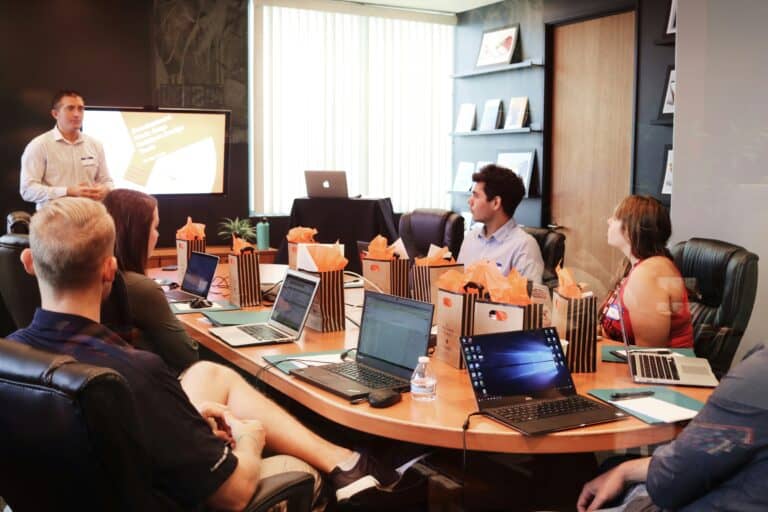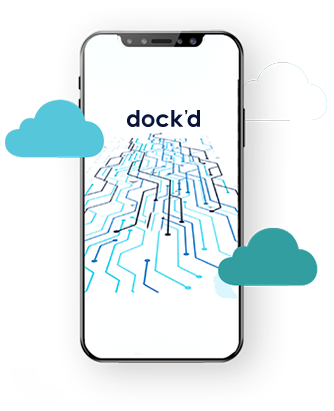In today’s fast-paced digital age, it’s evident that technology has seamlessly woven itself into the very fabric of our daily lives. As with many sectors, the disability realm has also been deeply impacted and enhanced by the introduction of advanced technologies. Spearheading this integration in Australia is the National Disability Insurance Scheme (NDIS). The NDIS, with its overarching mission to enhance the lives of individuals with disabilities, has astutely harnessed the digital age’s potential, bringing forth both life-enhancing assistive tools and efficient administrative processes.
This in-depth exploration dives into the multifaceted relationship between the NDIS and the ever-evolving technological landscape. From the vast array of assistive technologies to administrative tools that transform operations, we will dissect how the NDIS leverages technology to truly make a difference.
Assistive Technologies: A New Dawn of Independence
The term ‘assistive technology’ encapsulates a broad range of devices and systems specifically designed to aid those with disabilities. Their primary function is to enable users to overcome challenges and perform tasks that may otherwise seem daunting or impossible.
Thanks to the NDIS, individuals with disabilities in Australia have unprecedented access to these advanced technological tools, tailored to their unique requirements. As technology has leapt forward, so has the variety and efficacy of these devices.
- Wearable Gadgets: No longer just fancy accessories, wearable devices like smartwatches and fitness bands have evolved to become indispensable tools for many with disabilities. Features like vibration alerts, speech-to-text capabilities, and real-time health monitoring have significantly enhanced daily life for many. These wearables help keep individuals connected, informed, and in control.
- Smart Home Systems: The advent of smart homes, powered by voice-controlled assistants such as Amazon’s Alexa, Google’s Assistant, or Apple’s Siri, has revolutionized living environments. For someone with mobility issues, being able to control lights, thermostats, or even home security systems through simple voice commands can be life-changing. It provides a degree of autonomy that was previously unimaginable.
- Augmented Reality: The realm of Augmented Reality (AR) is no longer confined to the gaming industry. AR apps can project digital information onto the real world, proving invaluable for those with sensory impairments. Imagine an app that can convert spoken words into real-time captions for those with hearing impairments or guide the visually impaired through unfamiliar environments.
Administrative Software: Behind-the-Scenes Efficiency
While assistive technologies directly impact individuals, there’s another layer of technological integration championed by the NDIS: administrative software. These tools, although often operating behind the scenes, play a pivotal role in streamlining processes, ensuring services are rendered more efficiently, and ultimately enhancing participants’ experiences.
- Comprehensive Plan Management Systems: The NDIS has ushered in platforms that allow participants to manage their plans proactively. Users can now easily track their allocated funds, monitor budgetary spending, and seamlessly connect with service providers. Such systems emphasize transparency and give participants a clear overview of their support, fostering a sense of control and empowerment.
- Leveraging Data Analytics: The potential of data is immeasurable, and the NDIS is at the forefront of harnessing this potential. By diligently analyzing data trends and patterns, the NDIS can continually refine its strategies, anticipate challenges, and seize new opportunities. This proactive, data-driven approach ensures that the scheme remains adaptable and responsive to the community’s evolving needs.
- Embracing Digital Communication: In recent times, especially with global challenges like the COVID-19 pandemic, the importance of digital communication tools has been underscored. Platforms such as Zoom, Microsoft Teams, or Skype have enabled uninterrupted consultations, therapy sessions, and planning meetings. The ability to connect virtually eliminates geographical barriers, making services more accessible than ever before.
Addressing the Digital Divide: Ensuring Inclusivity
The proliferation of technology, while exciting, does come with its set of challenges. A primary concern is the ‘digital divide’ — a disparity in access to technology and the ability to use it. The NDIS recognizes that not all participants have the same comfort or proficiency with digital tools.
Hence, a significant part of the NDIS’s approach to technology involves providing digital literacy training. It’s essential that all participants, irrespective of their starting point, can fully harness and benefit from the technological resources available. By emphasizing training and education, the NDIS ensures that technological advancements lead to holistic empowerment.
Looking Ahead: The Digital Horizon and Beyond
The relationship between technology and the NDIS is dynamic, with both elements continually influencing and shaping each other. As we look to the future, certain emerging technological trends are set to further redefine the disability sector.
The Internet of Things (IoT) presents a future where everyday devices, from refrigerators to traffic lights, can communicate and interact over the internet. This interconnectedness can be harnessed to create even more inclusive environments for those with disabilities.
Similarly, the promises of Artificial Intelligence (AI) are vast. With capabilities in personalized learning, automation, and predictive analysis, AI can tailor solutions to individual needs, ensuring more targeted and effective support.
Conclusion: The Symbiotic Evolution
The journey of the NDIS, intertwined with the meteoric rise of technology, paints a picture of hope, innovation, and boundless possibilities. Through its visionary approach, the NDIS is not merely adapting to the digital age but is actively shaping its trajectory to ensure every technological leap translates into tangible, life-enhancing benefits for participants.
In essence, the collaboration between the NDIS and technology exemplifies a synergy where human-centric values and digital advancements converge, creating a future where inclusivity isn’t just an aspiration but a tangible reality. As we navigate this exciting digital epoch, one thing is clear: under the NDIS’s guidance, the future of the disability sector shines brighter than ever.






